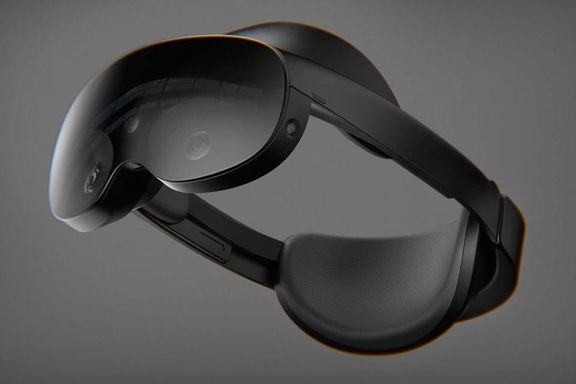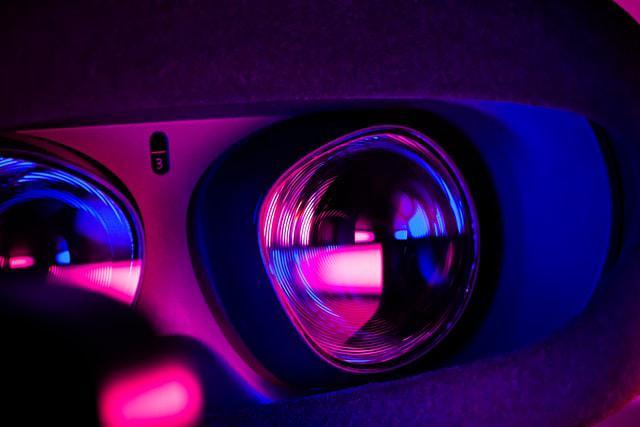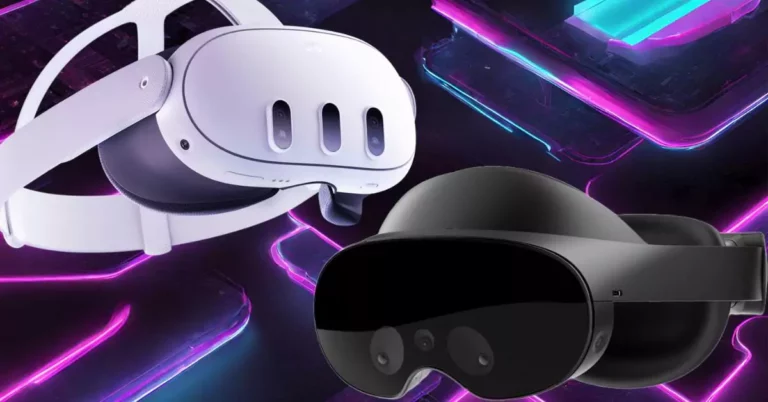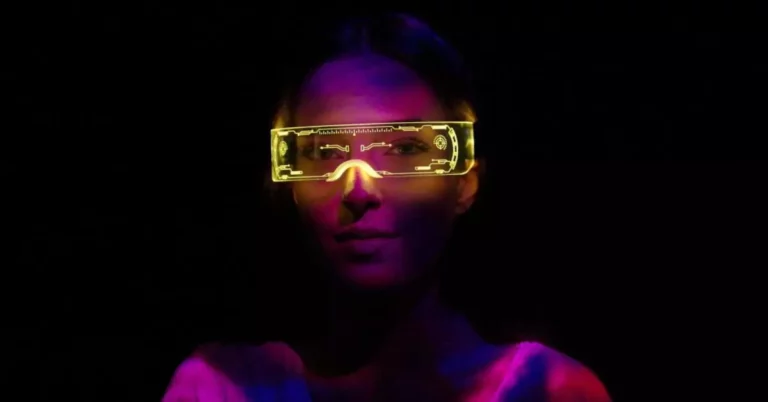Meta's Future VR Plans
Previously, we posted on rumors surrounding Meta’s yet-to-be launched VR headsets, particularly Project Cambria. It seems we have some concrete information now. According to The Information, Meta plans to release 4 VR headsets by 2024. Two of those will be brand-new Quest models and the other two may be alternate versions of Project Cambria.
The Information reports, as per an internal roadmap – the four VR headsets by Meta are slated for release sometime between now and 2024. They are codenamed Cardiff, Stinson and Funston. Funston is believed to be a distinct version of Project Cambria, and could be the one to be launched last of the four. There isn’t much information on the other two, but it seems they are completely new headset models that Meta is working on.
Cardiff and Stinson are named according to a convention that is being followed by Facebook since 2014. The original Meta Quest was nicknamed Monterey, a city in California’s resilient central coast and the Oculus Rift DK2 was named Crystal Cove, now a state park located in Newport Beach, California.
In an older interview with the same publication, Mark talked about how Meta was working on newer “generations” of VR headsets. He could have been referring to Cardiff and Stinson – and it would not be too much of a stretch to say that these could be released as Quest 3 and 4. At this point, it is difficult to say if both Quest 3 and 4 are entirely separate models or one being just a variation of the other with different features and/or a difference in cost.

While Project Cambria could be launched as soon as the end of 2022, Meta CEO Mark Zuckerberg has said this VR headset is largely for remote work purposes that could essentially “replace your laptop”. In addition, Meta has also said that this would be a high-end model that will cost “significantly above $799” – so be prepared to shell out some bucks, if you want one in your inventory this year. More on the price-point below.
Project Cambria is said to have integrated pancake lenses, which is a feature with compounded dual elements in its lens structure that would reduce the optical aberrations during gameplay. It is also heard that Meta may incorporate mini LED panels for Cambria’s display, with a resolution of about 2160×2160. This is a big upgrade from Quest 2, that has an 1832×1920 LCD display.
Now if that wasn’t enough, the exclusive headset will also be implementing enhanced eye and face tracking, which may include facial recognition tracking. The technical specifications have not yet been disclosed, so it would be advisable to take this with a grain of salt – but supply chain analyst Ming-Chi Kuo has a history of not making claims that are too far from the truth.
Enhanced tracking in upcoming Quest models?
Similar to talks about the Apple VR headset, it seems that Meta may also be planning to introduce color passthrough cameras for their foray into mixed reality.
Those of you who do not know, color passthrough cameras make use of IR sensors to map environmental dimensions. These will allow players to look through the frontal view of their headset and perceive real-world ambience. will offer an additional peripheral view of your environment in real-time. Existing headsets are only able to show black & white views of the players’ surroundings, but color cameras will offer an additional peripheral view of your environment in real-time.
But as much as they hold the power to turn things around from the usage of generic VR cameras, the adding of IR sensors could have a negative impact on tracking movements. This is because they will not be able to efficiently carry out inside-out tracking, thereby significantly reducing gameplay experience. Therefore, not all VR manufactures may follow suit in Meta’s footsteps, but this isn’t to say that the particular area cannot be improved upon.
Meta may be planning to bring this feature for the upcoming Quest headsets, but it is quite plausible at this stage to assume it will most certainly be integrating mixed reality in Project Cambria. This also aligns with the fact that Cambria is said to be quite expensive, since IR cameras are quite an exorbitant setup and this would make it stand apart from previous Quest models.
Not only color passthrough cameras, but Meta plans to dispose of the standard tracking rings used in controllers and will instead use built-in cameras within the controllers themselves. Quite an innovative approach, it only remains to be seen how effective these could be, with smooth movement tracking. As this may also make use of IR sensors, it will probably add to the growing costs of manufacturing such a headset. And with significant financial hurdles Meta is facing now, it will be quite a feat if Meta manages to make a significant profit over sales.

How much do I pay for the new Quest?
Well, according to Meta, Project Cambria will be priced “significantly” greater than $800. With costly features added to the VR headset which provide users a mixed reality experience as well as camera integrated controllers – players will obviously be expected to cover the costs of having their hands on this game-changing device.
The VR units may be shipped later this year and Meta expects the new controllers to take some load off of the headset with respect to tracking. Not only will the controllers be self-tracking, but the headset will also feature pancake lenses and overall upgrades to the existing design. With refined movement tracking, Cambria will be expected to pack a ton of new-age features that will turn things around for existing VR manufacturers.
Meta Quest 2 now the most dominant player on Steam VR

Total VR headset usage on Steam has now reached almost 50% for the Meta Quest 2. More specifically, Quest 2 now occupies 47.92% of all VR headsets being used to play VR titles on Steam.
The Hardware Survey, conducted by the Valve platform in April saw Meta’s most popular VR unit dominating players’ choices. Quest 2 jumped by 0.62% in April, making its total share come to nearly half of all VR headsets used on Steam. Now this isn’t a conclusive measure of seeing which virtual reality manufacturer fares best in the industry, as the Hardware Survey is merely an optional feature on the gaming platform that allows it to track hardwares used to interact with the platform.
Valve’s Index may have performed better than Quest 2 in March but had a slight rise of only 0.26% in April – totalling its share to 15.35% on the list. The Oculus Rift S had been heading towards a declining share of 11.07%. The HTC Vive, Vive Pro, Cosmos and Elite made up only 10.57% with the Vive having the major share of 7.02% among the rest. Pico and Pimax headsets took up a minimal share, with slight losses suffered. This made 66.62% of all VR hardware used on Steam – manufactured by Meta.
The survey may be further impacted when Meta releases its expensive Project Cambria, that offers a hybrid of both virtual and augmented reality. But with Pico about to release its new headset soon, that is the Pico Neo 3 and talks surrounding Apple’s entry to the VR industry with their own original headset – Meta is likely to face some tough competition ahead.





